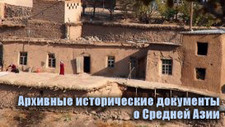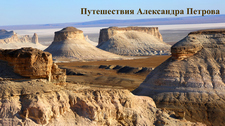You are here
Stone tools at Burana settlement.
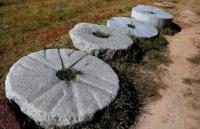
Tourist travel in Kyrgyzstan.
"In (the district) of Chu, in one place, there are traces of an abandoned city. Its minarets, domed structures and madrassas have been preserved in some places. Since no one knows name of that city, the Mongols called it "Munora".
V. V. Velyaminov-Zernov. "Research on Kasimov kings and princes". Translations into Persian and Jagatai languages of texts from "Ta'rikh-i Rashidi". 1843.
Travel to Southern Kyrgyzstan.
In the picturesque valley of the Chu River, at the foot of the mountains of the Kyrgyz ridge, one of the most important historical and archaeological monuments of Kyrgyzstan is located - the Burana settlement. It is known for its preserved XIth-century minaret tower, but archaeological finds that testify to the daily life of the region's ancient inhabitants are no less valuable.
Among them, stone tools occupy a special place, being silent witnesses of the distant past. A collection of stone tools is located on the territory of the Burana Tower architectural and archaeological complex. Here, mainly millstones, grain grinders and threshing stones are found, some of which were found during excavations on the territory of the settlement.
Stone tools and their significance at Burana settlement.
Grain grinders and threshing stones were found at the Burana settlement, which date back to the period of the Xth - XIIth centuries and the XVIIth - XXth centuries, which indicates their use in economic activity and agriculture at this place in different eras.
Types of stone tools found at Burana settlement and in the Chu River valley.
Grain graters,
- devices for grinding grain, which are important tools for processing food products.
Threshing stones,
- stones used for threshing, that is, separating grain from ears.
These tools were discovered on territory of the Burana settlement itself. Their presence confirms that agriculture and grain processing were carried out on the territory of Burana in different historical periods: from the Middle Ages (Xth - XIIth centuries) to later times (XVIIth - XXth centuries).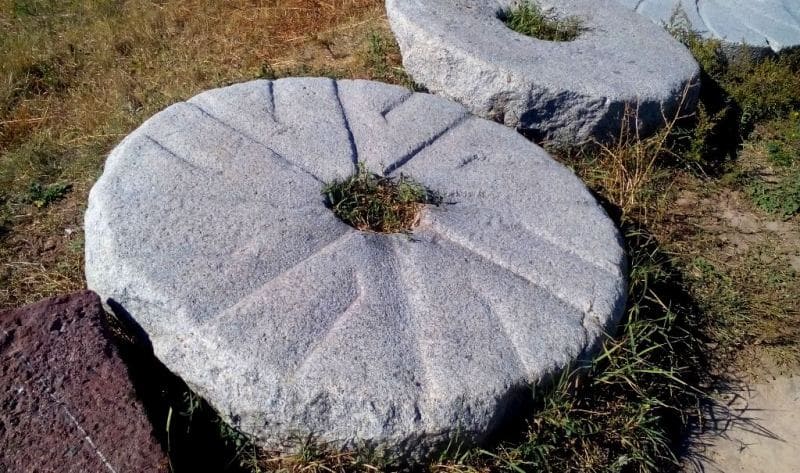
Finds of grain graters and threshing stones on the Burana settlement give an idea of the level of development of economic activity of local residents and their life in different historical eras, as well as the spread of agricultural technologies on the territory of the Great Silk Road.
Stone tools discovered on the territory of the settlement represent a wide range of items used in economic activity:
Choppers and axes - used for wood processing and construction.
Knives and scrapers - were used in everyday life, for tanning leather, cutting meat and processing fish.
Millstones and pestles - for grinding grain and cooking.
Chisels and hammers - were used in stone-cutting and blacksmithing.
These finds confirm that the economy of the settlement's inhabitants was multidisciplinary: they were engaged in agriculture, cattle breeding, handicraft production and trade.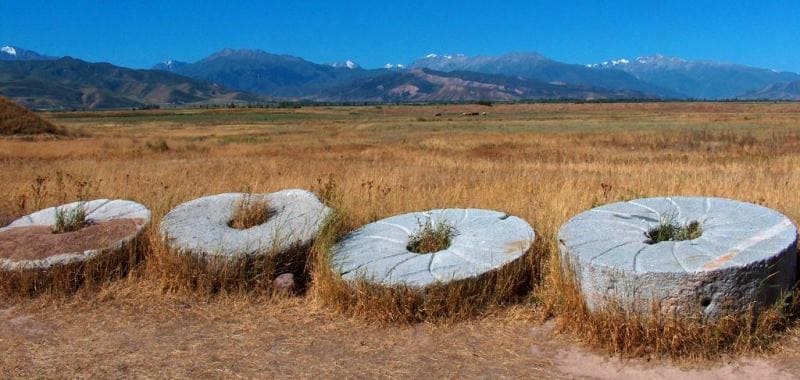
Historical context of Burana settlement.
The Burana settlement is associated with the ancient city of Balasagun, founded in the Xth century and formerly one of the political and cultural centers of the Karakhanid state. However, archaeological excavations have shown that life was in full swing at this place even before the city was founded: the discovered stone tools date back to earlier periods, which indicates that the Chui Valley was settled long before the Middle Ages.
Thus, stone artifacts testify to the continuity of cultural development in this region - from ancient tribes of hunters and farmers to urban civilization. Scientific value of finds at the Burana settlement.
Stone tools of Burana settlement allow scientists to:
reconstruct the economic activity of the population,
trace the change in raw material processing technologies,
identify cultural ties with neighboring regions of Central Asia.
Each item carries important information about the development of society: from simple hand tools to more complex tools requiring high mastery of processing.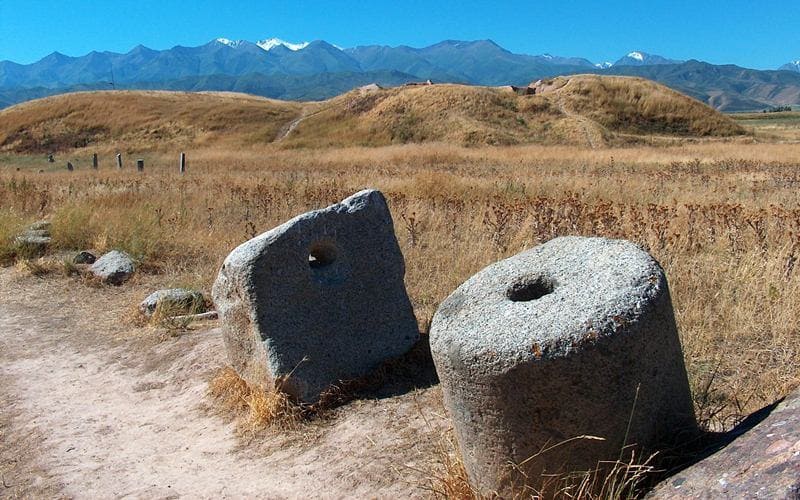
Cultural heritage of Burana settlement.
Today, stone tools found on Burana are exhibited in museums in Kyrgyzstan and are of great interest not only to specialists, but also to the general public. They remind us that even the simplest objects can tell us about thousands of years of history, about the diligence and ingenuity of man.
Stone tools from the Burana settlement are not just archaeological finds. They are a living connection with the past, allowing us to look into the everyday life of the people who inhabited the Chui Valley many centuries ago. They show how knowledge and skills accumulated from generation to generation, which eventually led to the flourishing of the great cities of Central Asia.
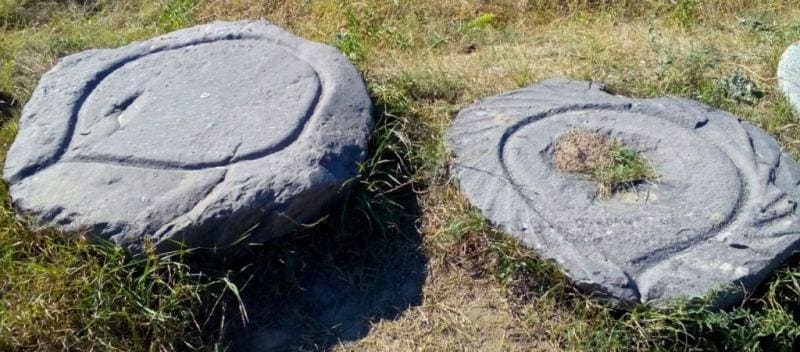

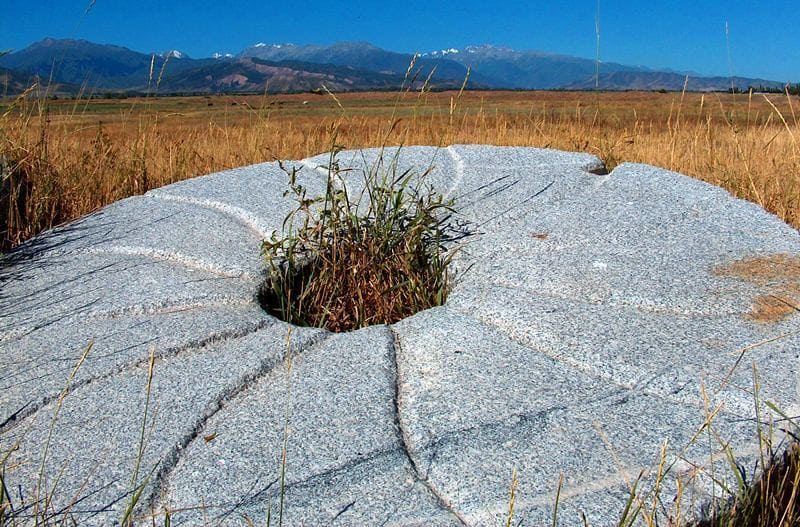
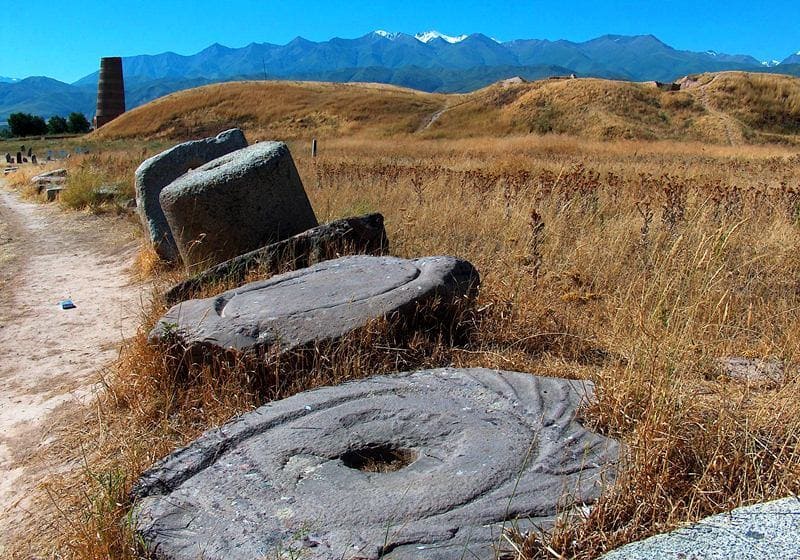
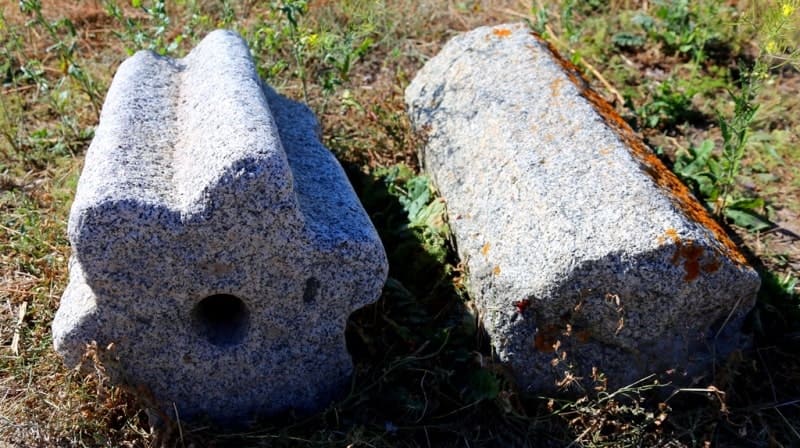
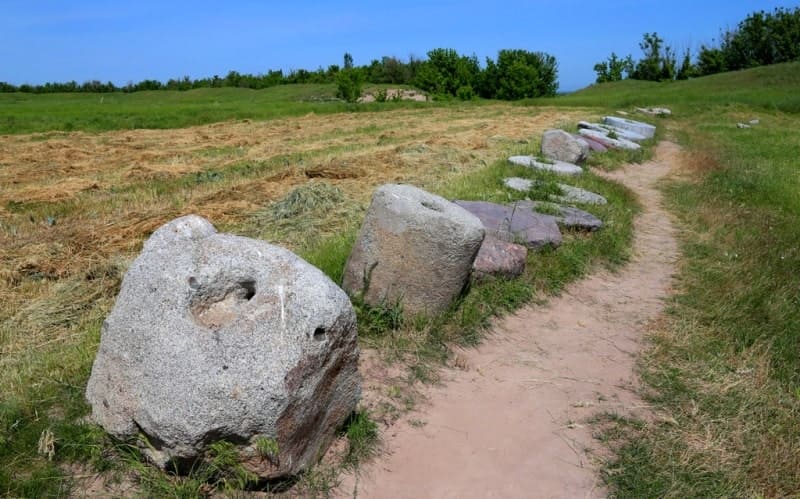

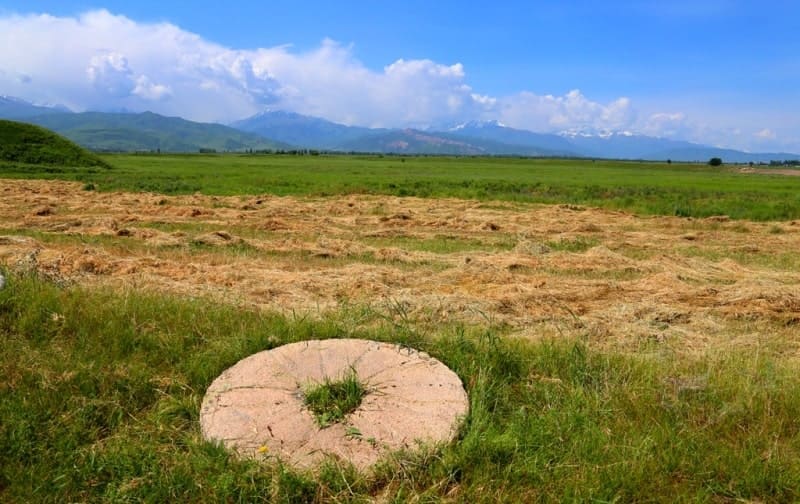
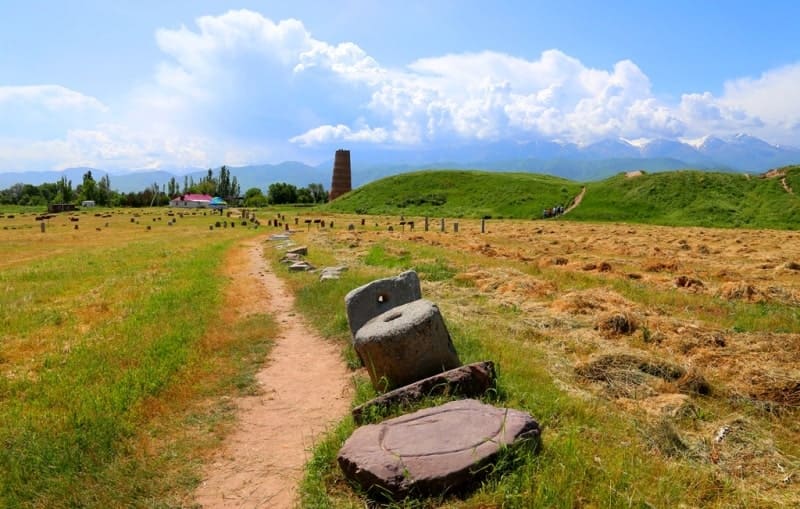


Authority and photos by:
Alexander Petrov.





